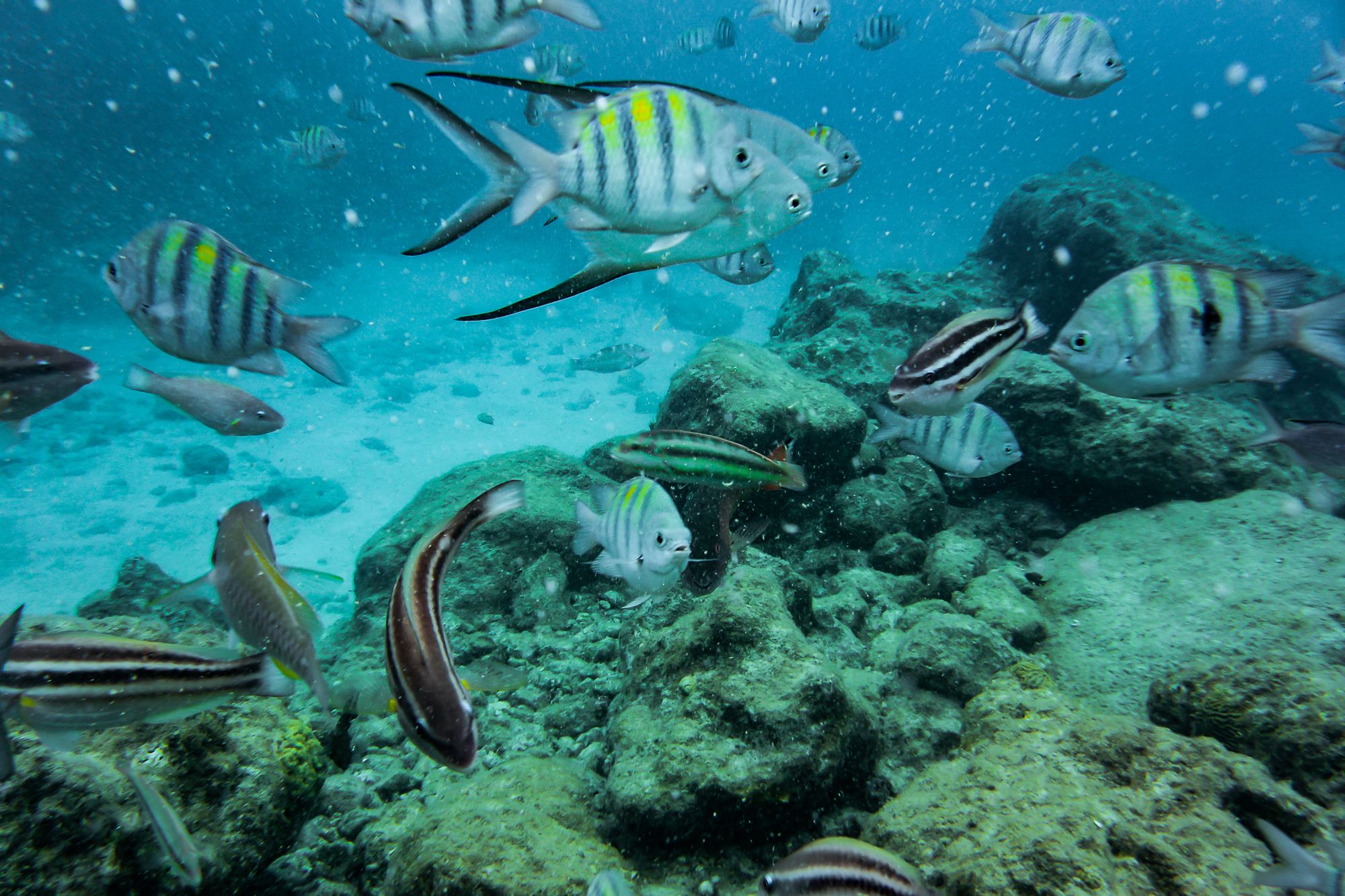Hot on the heels of our Introduction to Fire video from two weeks ago, we've now also published the matching Introduction to Water, our development environment for Windows.
The video (embedded below) can be found on our YouTube Channel and on or freshly relaunched RemObjects TV section on the website
Read more about Water and Elements, our multi-platform, multi-language software development environment. Elements allows you to use Swift, C#, Java or Oxygene to develop natively for any of todays platforms.
Transcript
Hello. This video is an introduction to Water, RemObjects’ code development environment for Elements on Windows.
When you first launch Water, it shows the Welcome screen.
Here, you can set your default language to one of the five available. Remember that you can use any language for any of the platforms we support. Let’s leave it at Swift for now.
Under the "Start A New Project" menu, the most common project templates are listed. You can go to "More Templates" to see the full list.
In the Echoes tab, you can see the templates available for Windows applications, including WPF, WinForms and more.
Click on the Cooper tab and you can see the Java project templates, such as Java applets and Android apps.
The Toffee tab includes project templates for macOS, iOS, tvOS, and watchOS.
Under the Island tab, you can find native templates for Windows, Linux and the Android NDK.
Let's go back to the Cooper tab, and select Android Application. Set the language to Swift, and name the project.
Here's the main Water window. On the left, you can see the sidebar and navigation tabs. The first tab is the Solutions tab, it shows all the projects open in your current solution. Right now the only one open is the Android app we just created. Here is a list of all the items in the project, including references.
You can add more references by right-clicking, then choosing Add Reference. You'll can use all the standard APIs and third party Java libraries. Also in the sidebar you can view other files in the project such as images, layout files, and of course your source code.
You can see here even though we're creating an Android app, we are using Swift as the language.
In the top right of the window, you can see the device list. Choose from this list to launch the app in a simulator. We're going to select the Pixel 2 emulator, then type Control+B to build the app. When the compiler finishes, you'll get notified if the build succeeded or failed, and any warnings.
Next, we're going to add another project. This is useful if you are creating apps for more than one platform, but want to share resources between them. Right-click and select "Add a new project to Solution." In this case, we're adding an iOS app, so we'll click on the Toffee tab and choose a TableView application. We can use any of the available languages, but we're leaving this one as Swift for now, and naming the app.
We're going to add one more project. This one is a shared project, for the code and files that our Android app and iOS app will have in common. Right click, and select Add a new Project to Solution. Click the Shared tab, and add a new shared project to your solution.
Let's create some code in our shared project. Right-click on Shared Files and select New File. We'll create a Class file, and give it a name.
Drag this project on top of the others so they each look for shared code.
Since this is a shared project, the code inside it is now part of the Android project and the iOS project.
Now let's go back to our shared project. click on the class, and let's add a public function. Once it is created, you can call this function within the Android project. Now move to the iOS project, and you can use it there as well.
Let's look at the device menu again. Now you can see a new entry there, of MacBook. This is because you need a Mac for certain iOS development tasks, such as the emulators. We'll select the iPhone XS emulator, and now it says multiple devices are selected since we have an Android emulator set up as well.
Now we'll build again using the Control+B key command. It takes a moment, since we're now building two apps.
This has been an introduction to Water on Windows, stay tuned for more videos.

